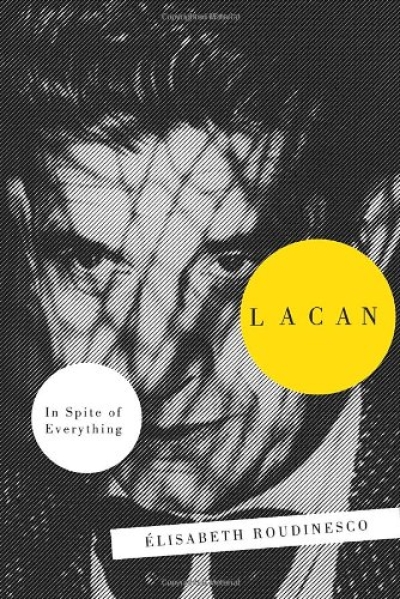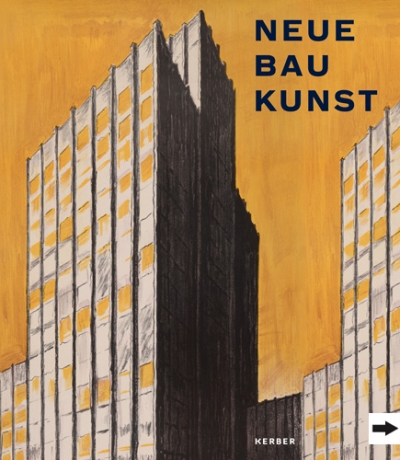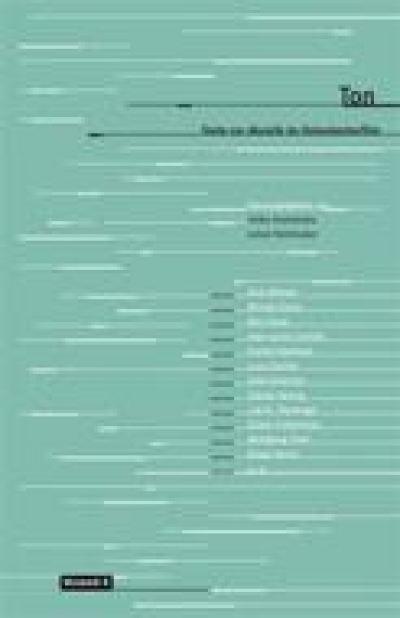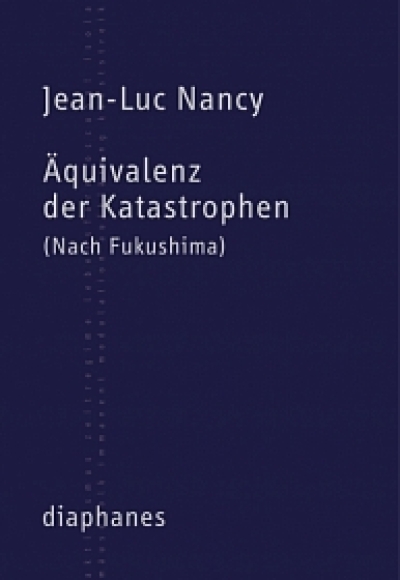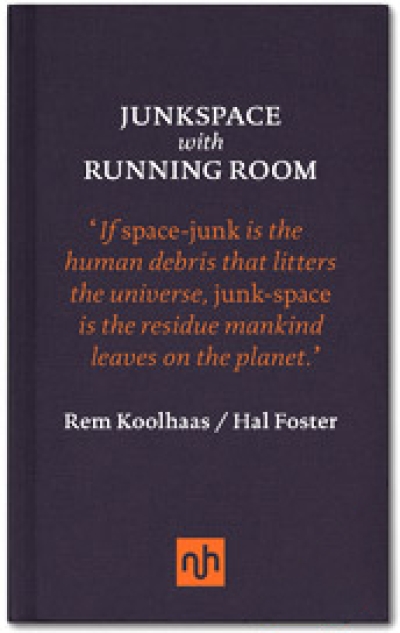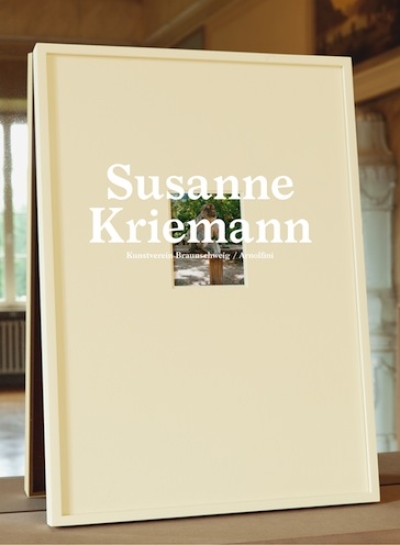
Fundamentals
four lectures from the 1950s by the master of timeless typography, Emil Ruder
300 x 230mm, hard cover with jacket, 80 pages
English translated from German by Roy Cole.
Japanese by Ikue Amemiya and Kiyonori Muroga.
designed by Helmut Schmid with Nicole Schmid.
Through a perusal of other fields we are better placed to understand our own subject matter, in the same way that a small hamlet, only when set against its open surroundings, can be properly viewed and judged. It will be seen that the manifold influences or larger occurances in our daily tasks cannot be ignored.
Emil Ruder was already teaching typography for fifteen years at the Gewerbeschule Basel, when the first article in the cycle Wesentliches appeared in TM.
With fundamentals (Wesentliches), Ruder set creative typography on fundamental ground. The plane, the line, the word, rhythm, the four articles published between 1957 and 1959 in the Swiss TM, appeared also in the German Druckspiegel in 1959 and in 1972 in the Swedish grafisk revy.
The work on fundamentals initiated Ruder's magnum opus, Typographie. With fundamentals published for the first time in English and Japanese, the background of the art inspired typography of Ruder will enthuse the student and the professional.
Helmut Schmid
In this series of articles, free of the confines of any single, narrow, specialized field, Ruder discusses at will the formation principles of typography in relation to the cultures,
natural sciences, politics and societies of all times and places. In addition, Ruder's fundamental thinking always sheds light on the relationship between human life and technology.
Half a century has passed since this work was published. It is precisely because historic styles are today consumed superficially that it is worthwhile to review afresh the attitude the author takes in this work dealing with the principles of the creation of typography in terms of the relationship between society and technology.
http://www.idea-mag.com/en/publication/b041.php


